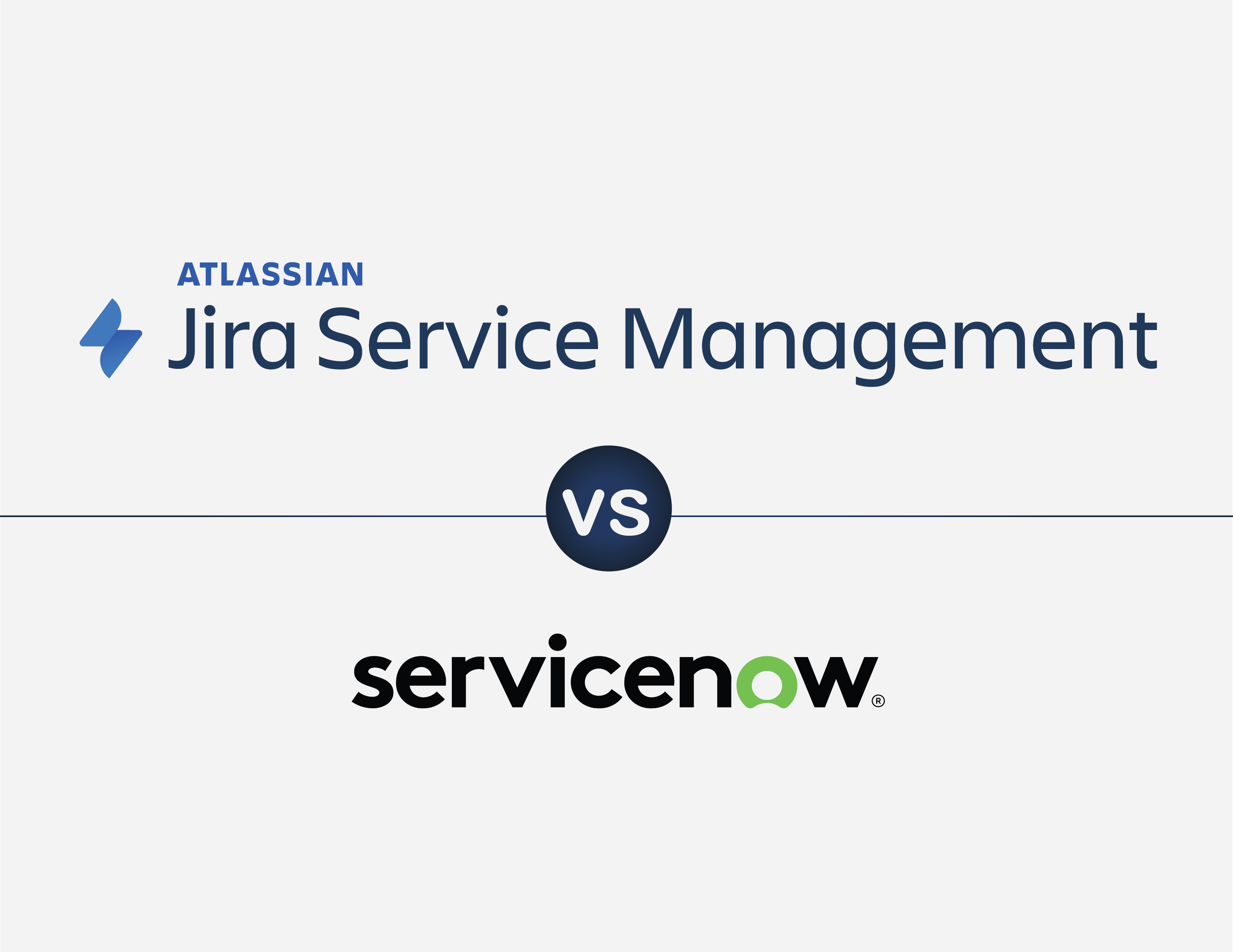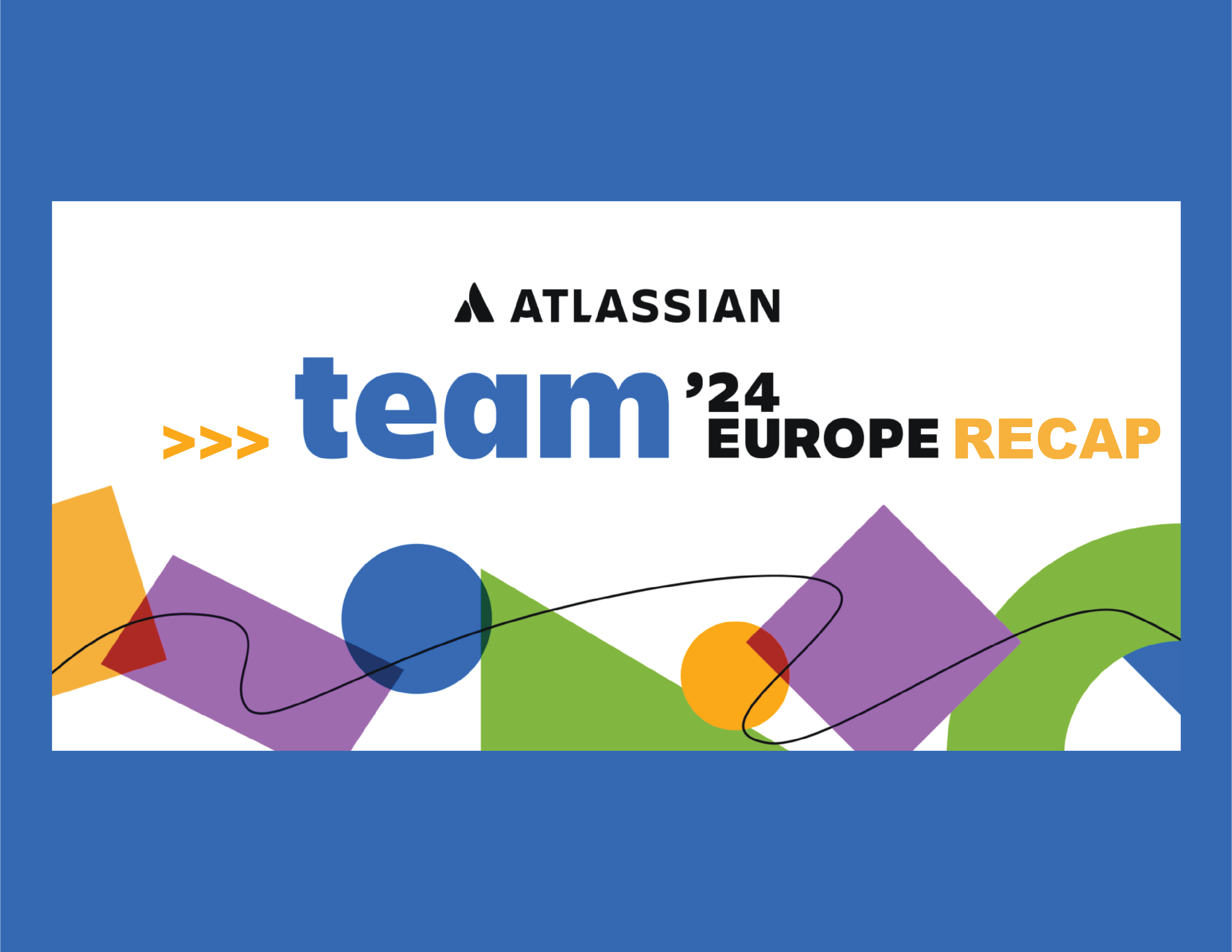ITSM FUNDAMENTALS: INTRO TO SERVICE REQUEST MANAGEMENT
IT services are an important part of any organization and they directly influence how your team works. When these services align with the needs of your business, they almost seem to run in the background. But issues can arise if IT services are out of sync with your business goals.
Agile organizations often rely on information technology service management (ITSM) to establish best practices and guidelines for managing their IT services. There are several processes that fall under the ITSM umbrella. At the core of ITSM is a process called service request management.
What Is Service Request Management?
Service request management happens when a user submits a request for something new. Requesting access to an IT service, new technology, or information are all service requests. The Information Technology Infrastructure Library (ITIL) determines what a service request is.
Some examples of service requests include when a user (internal customer or employee):
- Requests access to an application.
- Requests an updated software license.
- Requests a password reset.
- Requests new hardware.
ITIL also specifies that teams manage service requests using the request fulfillment process.
Managing Service Requests With Request Fulfillment
Request fulfillment is the process of resolving service requests for individual users and it also refers to managing the entire lifecycle of all service requests. The size of your organization can directly influence how you handle service requests. Larger organizations will typically handle service requests as a separate work stream that is set apart from their other IT processes.
A request fulfillment process, when implemented correctly, should:
- Help users identify available services.
- Simplify how users request available services.
- Set expectations for how long service requests will take to address.
A standardized request fulfillment process will ultimately improve your organization’s productivity by providing employees with the IT services they need to do the best work possible.
Standardizing Service Request Management
Standardization is the key to better service quality and efficiency. While there are some variations in how an organization can capture and fulfill service requests, the overall process is similar.
Here is a simple request fulfillment process example:
- A user (customer or employee) submits a service request.
- A support team member reviews and approves or denies the service request.
- If approved, the service request goes into the support queue.
- The support request is assigned to and reviewed by a support team member.
- If no further information is needed, then the service request is fulfilled.
According to Atlassian, a strong service request management process is customer focused, knowledge centric, and streamlined with automation. Your end goal should be creating an environment where it’s easy for employees to ask for help and get answers directly from your IT support team, while also securing access to new technology as it becomes available.
How Atlassian Supports Service Request Management
There are some essential tools that make implementing ITSM in your organization easier. Jira Service Management is a popular software application from Atlassian that supports the major ITSM processes, including service request management. The ITIL-certified service desk software’s purpose is to help unite your development, IT, and business teams.
Jira Service Management complements Atlassian’s Agile, DevOps, and project management software, plus you can also access useful applications from the Atlassian Marketplace.
Gain the Upper Hand With Solid ITSM Strategy
The successful implementation of IT services directly impacts the efficiency and profitability of your organization. ITSM helps ensure you have the right best practices and guidelines in place. At Mumo Systems, we help organizations like yours implement or improve their ITSM processes in Jira Service Management. We are a fully certified Atlassian Specialized Partner in ITSM. We also have in-depth experience creating custom applications to support ITSM processes.
Contact us to learn more about how our team can help streamline your ITSM processes.
Recent posts
-
AtlassianOct 25, 2024
-
AtlassianOct 21, 2024
-
AIAug 13, 2024



